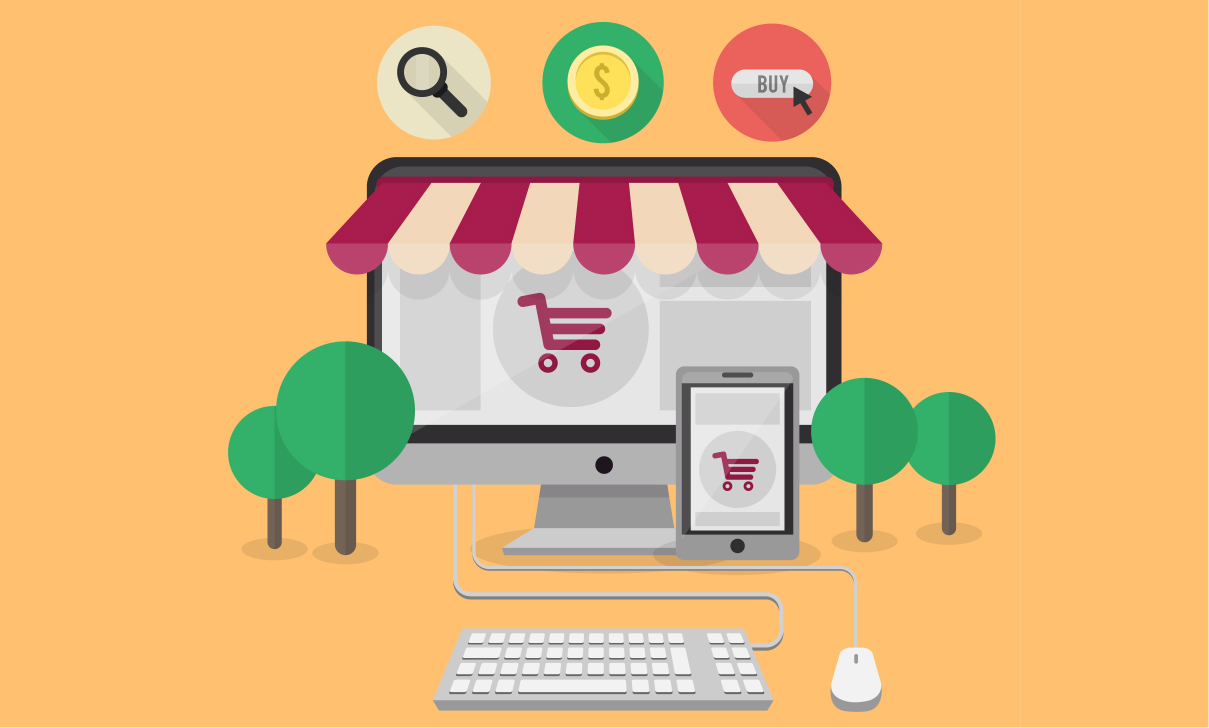
Google Shopping vs. Other PPC Platforms: A Comprehensive Comparison
The digital realm is ever-changing, with e-commerce at its heart. As consumers shift their purchasing habits, businesses too need to adapt.
Overview of Google Shopping: Understanding Its Role in E-commerce
Google Shopping, one of the latest game-changers, integrates with the Google Merchant Center. By transforming traditional search results, it gives businesses the chance to showcase their products in a visually appealing manner. It provides a snapshot of prices, reviews, and images directly within the search engine, offering users a one-stop-shop experience.
The Significance of PPC Platforms: Why They Matter in Digital Marketing
PPC platforms, the trailblazers in digital advertising, allow businesses to buy visibility. They're the auction houses where businesses bid for ad placements. Being atop search results isn't just about organic optimization anymore; it's about strategic investment and understanding user intent.
The Purpose of this Comparison: Evaluating Strengths, Weaknesses, and Opportunities
With myriad platforms available, making an informed choice can be daunting. This article aims to provide a clearer perspective, comparing services and capabilities, helping businesses and advertisers make more strategic decisions.
Understanding Key Terms and Concepts
Google Shopping Defined: More than Just an E-commerce Tool
Beyond just ads, Google Shopping offers shopping campaigns that steer users right to the doorstep of products. It's an innovative blend of search engine functionality and e-commerce utility.
The Evolution of PPC Platforms: From AdWords to Modern Advertising Giants
Remember the days when AdWords ruled the roost? Since then, we've seen the rise of platforms like Amazon, with its robust Seller Central, and Facebook, with dynamic ad capabilities. These platforms cater to various customer demographics, offering tailored product promotions, carving out their niches.
CPC, ROI, and Ad Spend: Demystifying Essential PPC Metrics
Any advertiser worth their salt knows these terms. Cost-per-click (CPC) guides ad spend, Return on Investment (ROI) measures success, and overall ad spend determines the scale of the campaign. Balancing these metrics is an art and science that's crucial for campaign success.

Google Shopping vs. AdWords (Google Ads)
Ad Structure and Setup: Differences and Similarities
Both platforms, though under Google, serve different purposes. Google Ads, with its diverse ad formats, is about broad reach and message variety. Google Shopping, meanwhile, is laser-focused on product listings, aiming to provide users with all they need to make a purchasing decision.
Cost-per-click (CPC) Analysis: Where Does Each Shine?
CPC varies. Google Ads might offer more competitive rates in industries where keyword competition is fierce, but Google Shopping typically excels in product-specific searches, often resulting in a more engaged audience.
Ad Performance Metrics: Understanding Conversion Rates and ROI
Numbers speak volumes. While both platforms can boast impressive metrics, Google Shopping often has the upper hand. Its direct focus on products and integration with the Google Merchant Center means a more streamlined path to purchase, resulting in impressive conversion rates.
How Google Shopping Compares to Amazon Ads
Platform Target Audience: Who Are They Catering To?
Amazon Ads not only reaches millions but taps into a dedicated customer base that visits the platform with buying intent. Their Prime membership, expedited shipping, and vast product variety make it a shopping haven. On the other hand, Google Shopping benefits from Google's broader user base, targeting those in the initial product research phase or those looking for quick comparisons.
E-commerce Integration: Ease of Use for Sellers and Advertisers
While Google Shopping smoothly integrates with the Google Merchant Center, requiring businesses to maintain an updated product feed, Amazon offers a more comprehensive ecosystem. With Seller Central, businesses can manage inventory, access detailed analytics, and even integrate sponsored products within search results.
Advertising Strategies: Unique Features and Capabilities
Amazon has carved a niche with its sponsored products and product display ads. These tools allow for a more immersive and interactive shopping experience, capturing users right when they're most likely to buy. Google Shopping, on the other hand, offers a visually-rich display of products directly within search results, directing users straight to the retailer’s website.

Google Shopping and Facebook Ads: A Closer Look
Reaching Diverse Audiences: Which Platform Offers More Reach?
Facebook's edge comes from its unmatched social media reach. Businesses can tap into detailed user profiles, leveraging hobbies, interests, and behaviors. Google Shopping, in contrast, harnesses the power of the broader internet, capturing users during direct product searches or those exploring online shopping trends.
Ad Spend Efficiency: Where Do You Get More Bang for Your Buck?
Facebook's dynamic ads, carousel ads, and user engagement metrics allow businesses to get a clearer view of their ad performance, adjusting strategies in real-time. Google Shopping, while possibly more direct in its approach, offers businesses a clear insight into product performance, helping adjust pricing, descriptions, or even imagery based on live feedback.
Conversion Rates Analysis: Which Platform Drives More Sales?
Google Shopping, with its direct integration with online stores, often has a shorter sales funnel. Yet, Facebook, with its rich audience insights and segmentation, can often lead to more targeted and personalized advertising, increasing potential conversions.
Bing Ads: How They Stack Up Against Google Shopping
Platform Overview and Key Features: What Makes Bing Ads Stand Out?
While Google dominates the search engine market share, Bing, powered by Microsoft Advertising, offers unique features such as broader ad extensions, and an often older and more affluent user demographic.
CPC and Ad Spend: How They Compare with Google Shopping
Bing often provides a more cost-effective avenue, especially for businesses entering the PPC realm. Given its competitive rates and less saturated market, some businesses find better ROI here compared to the highly competitive landscape of Google.
Advertising Strategies: Effectiveness and Performance Metrics
Despite its smaller reach, Bing Ads can offer higher engagement rates in specific sectors, especially when considering markets or demographics where Bing is more popular.

Conclusion and Recommendations
Summarizing Key Takeaways: The Strengths and Weaknesses of Each Platform
Each PPC platform, be it Google Shopping, Amazon Ads, Facebook Ads, or Bing Ads, offers distinct advantages. Understanding the nuances of each, from their target demographics to their unique selling propositions, can help businesses optimize their digital advertising strategies.
Future Predictions: Where Is the World of PPC Headed?
With technological advancements and evolving consumer behaviors, PPC platforms will likely become more sophisticated. Integration of Augmented Reality (AR) and Virtual Reality (VR) in ads, real-time bidding adjustments using AI, and more personalized ad experiences based on real-world user behaviors could redefine the PPC landscape.
Best Practices for Advertisers: Maximizing ROI Across Platforms
Cross-platform advertising, informed keyword optimization, audience segmentation, and a multi-platform advertising strategy can help brands ensure they're present wherever their potential customers are. By continuously monitoring and adjusting, advertisers can maximize their returns, ensuring a robust online presence.
References
- Johnson, L. (2022). Digital Marketing Mastery: Understanding PPC in the Modern Age. Pearson Publishers.
- Kumar, R. & Davidson, H. (2023). "The Evolving Landscape of E-commerce Advertising: An In-depth Analysis of Google Shopping, Amazon Ads, and Beyond". Journal of Digital Marketing & E-commerce, 12(4), 238-256.
- Sanchez, M. (2021). A Comprehensive Guide to Effective Advertising on Facebook and Google. Cambridge Digital Press.
 Mark Petrenko
Mark Petrenko 
